An environmental site assessment (ESA or Phase I ESA) identifies and reports on potential or existing environmental liabilities for pre-existing contamination. If done properly, a buyer can satisfy one of three legal defenses under the federal Superfund law (CERCLA); a law that otherwise makes landowners strictly liable for pre-existing contamination. A property buyer can avoid this liability by undertaking “all appropriate inquiries” by performing a Phase I ESA prior to acquisition.
Even though defenses exist for financial institutions under CERCLA, if you need a loan from a bank, chances are good that a Phase I ESA will be required to protect the loan value and credit risk. Lead-based paint, asbestos, mold, regulatory compliance, air quality, and wetlands are not part of the Phase I ESA but are commonly requested to assess other business environmental risks.
Phase II ESAs may be necessary if a hazardous substance or petroleum product release to the environment is identified during a Phase I ESA, including conditions indicative of releases or threatened releases. These conditions are referred to as Recognized Environmental Conditions (RECs). During the first step, a Phase I Environmental Site Assessment Checklist provides guidance and serves as a legal record of the client’s knowledge of the site.

Phase I Environmental Site Assessment Checklist
Also referred to as a User Questionnaire, the Phase I Environmental Site Assessment Checklist should be completed by the person who is requesting the Phase I ESA.
The checklist gives the client/user with the information they must provide to comply with the CERCLA All Appropriate Inquiry (AAI) rule. This represents the minimum level of inquiry necessary to fulfill their responsibilities to qualify for landowner liability protections (LLPs).
The checklist also serves as documentation of the client/user’s knowledge and experience with the property, including reasons the property could be impacted by hazardous substances. The checklist can be used by courts to determine liability. The client/user’s information regarding the property, which is requested on the checklist, should be received prior to conducting the site reconnaissance to assist in identifying RECs. If the client/user fails to provide the information, their negligence can be considered a significant data gap to the Phase I ESA. In fact, officials may determine that the AAI rule is not complete.
The Phase I ESA Assessment
Although a variety of actions and events can trigger the need for a Phase I ESA, some common examples include (1) the purchase of real property by someone not previously on the title, (2) consideration by a lender regarding whether or not to provide a loan for the property, (3) partnership buyout or redistribution of ownership, and (4) application to a public agency for change of use or another discretionary land use permit. In addition, the owner’s desire to learn more about the toxic history of the site may prompt an ESA. Sometimes a regulatory agency will force an ESA as well if it suspects that toxic conditions exist at the site.
Components of the Assessment
The checklist is just one part of the Phase I ESA. The evaluation will also contain, but is not limited to, the following components:
- Review of historical property records
- Research on the land’s use
- Interviews with current and prior owners and occupants of the site
- Inspection of the site
- Review of the site’s current operations and conditions
- Review of regulatory environmental records, files, and database reviews
- Assessment of level 1 vapor encroachment and intrusion
- Identification of RECs, Historical RECs (HRECs), and Controlled RECs (CRECs) as well as other conditions indicative of potential environmental impact and financial liability
- Recommendations regarding the findings of the assessment
If you need an environmental consultant to assist with your Phase I Environmental Site Assessment Checklist, contact Environmental Works, Inc. We perform Phase I ESAs in accordance with the EPA AAI rule and ASTM Standard E 1527-13. Our Phase II ESAs are designed to provide a comprehensive approach based on the Phase I ESA findings and can vary to meet specific project objectives and client needs. We can identify and eliminate potential environmental liabilities, and we will provide recommendations based on the findings of our assessment. To learn more about our environmental consulting services, request a quote here.



